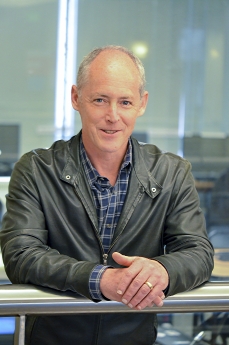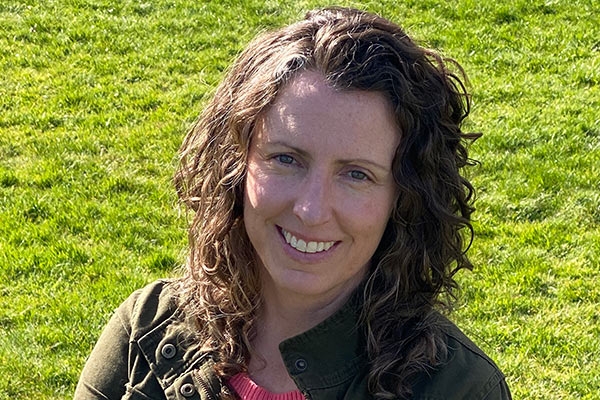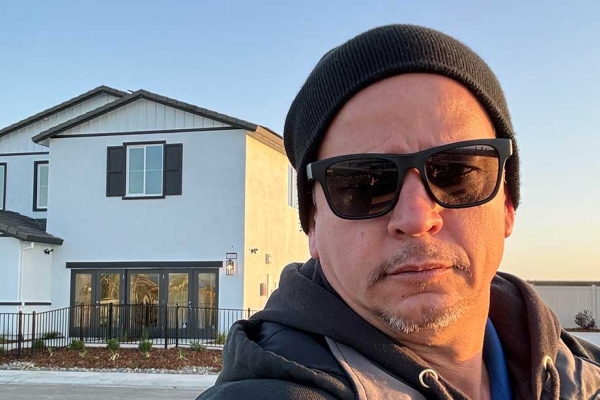UC Berkeley Extension is proud of our instructors, talented industry experts who share their knowledge with the next generation. Every year, we honor a select few for their dedication and expertise. Mark Hydeman, one of this year's Honored Instructors, has a long and distinguished career as an HVAC engineer and educator. We sat down with Mark to discuss his devotion to teaching and to understand what it takes to succeed in the growing HVAC field.
You've had a long, distinguished career, both as an engineer and an educator. Can you tell us what initially led you to devote some of your time to teaching the next generation of HVAC engineers?
I've always been drawn to teaching; I tutored calculus and physics when I was an undergrad at Stanford and was a teaching assistant for two energy policy classes and a building science lab class while earning my master's degree. Teaching forces you to keep your skills sharp and offers the opportunity to influence others to get involved. My 30-plus-year career has been dedicated to improving energy efficiency in the building sector. The students from my classes are employing what they learn and are making a huge impact on the environment.
Students get the benefit of your expertise, but what do you get out of teaching?
A deep sense of satisfaction.
As a representative of a large engineering firm, I'm sure you have worked on new construction and retrofits. Do you have a preference between the two? What are some of the particular challenges in working with existing building stock?
I like to do both. In new construction, you can truly integrate the building systems and controls and achieve the biggest impact on comfort, energy and resource efficiency. In retrofit projects, you can compare the pre- and post-retrofit performance. Most people have a general idea of what an HVAC engineer does: creating and regulating the systems that allow for people and machinery to work and function effectively inside of structures.
Can you think of a part of the profession that people might be surprised to hear is of particular concern or attention?
The UC Berkeley Center for the Built Environment (CBE) has documented the benefits of well-controlled buildings on productivity and occupant comfort. It has attracted a lot of very talented young men and women to the industry. What used to be considered a stodgy profession is a now a cornerstone of the environmental movement.
Outside of possessing a particular knowledge base, what are some qualities that you look for when hiring engineers? A solid background in math, computer science, control engineering and physics, and a burning desire to help the environment.

What is the role and importance of ASHRAE for the HVAC profession?
ASHRAE is the prime source for the advancement of the building sciences. The technical committees set the research, publication and educational objectives.
What advice would you have for someone who is considering taking the Certificate Program in HVAC at UC Berkeley Extension?
The ASHRAE/UC Berkeley Extension co-sponsored HVAC/R Certificate Program is a unique and valuable resource for engineers, commissioning agents, contractors and building scientists. It offers practical knowledge and resources for HVAC and control system specification and design.
Mark Hydeman, B.S., M.S., PE, Extension Honored Instructor, is an accomplished mechanical engineer with 30 years of field experience who assists in designing and deploying high-performing commercial building projects across North America. He was one of the founders of Taylor Engineering, LC, and currently works at Google in their Real Estate and Work Services Department. He is a recognized industry leader who has driven innovations in central plant simulation, design and optimization, controls and commissioning. He is an ASHRAE Fellow and currently serves as the chair of ASHRAE Guideline 36, High Performance Sequences of Operation for HVAC Systems. He co-authored the CoolTools™ Chilled Water Plant Design Guide. Hydeman is widely published, has served as an expert witness on a number of cases and has been very active in the development of commercial building energy codes. During the past two decades, he has authored a significant portion of the non-residential HVAC sections of ASHRAE/IESNA Standard 90.1 and California's Title 24.



